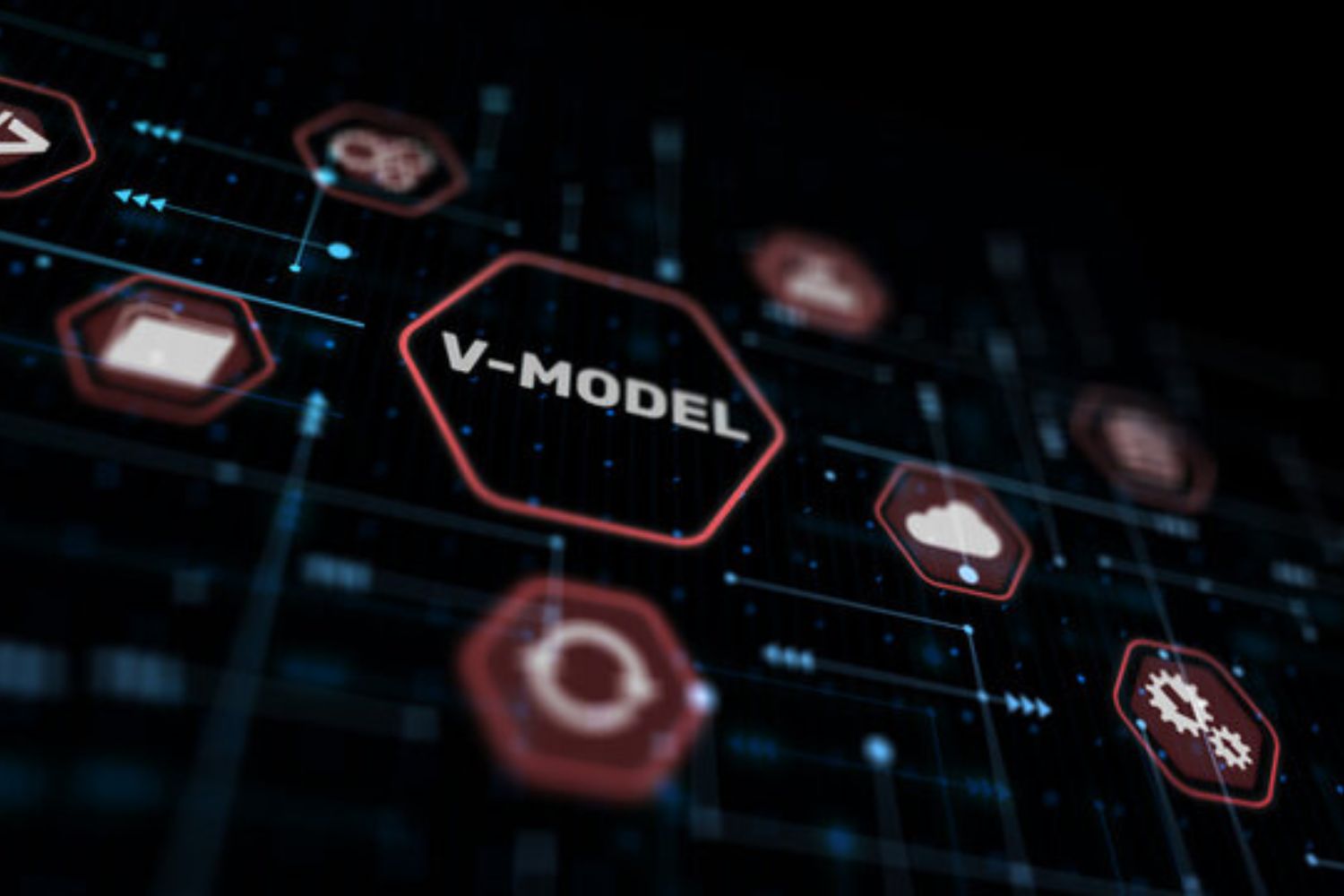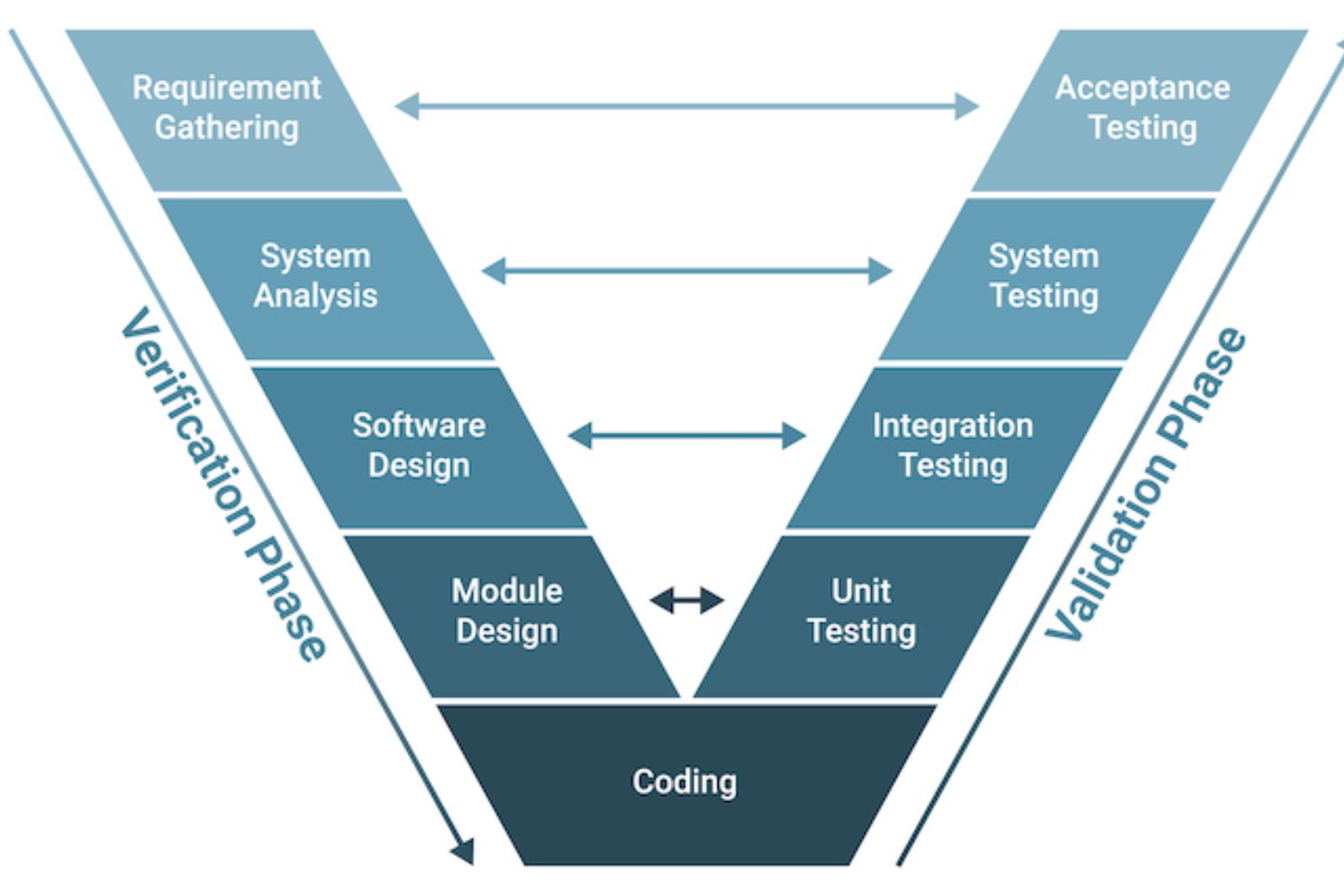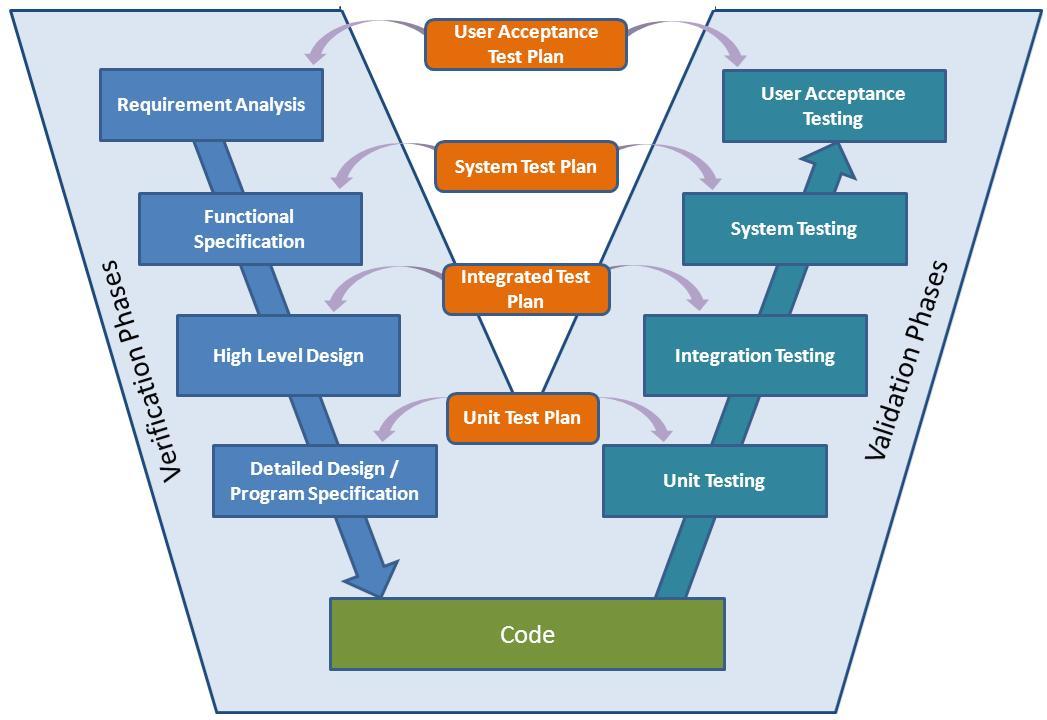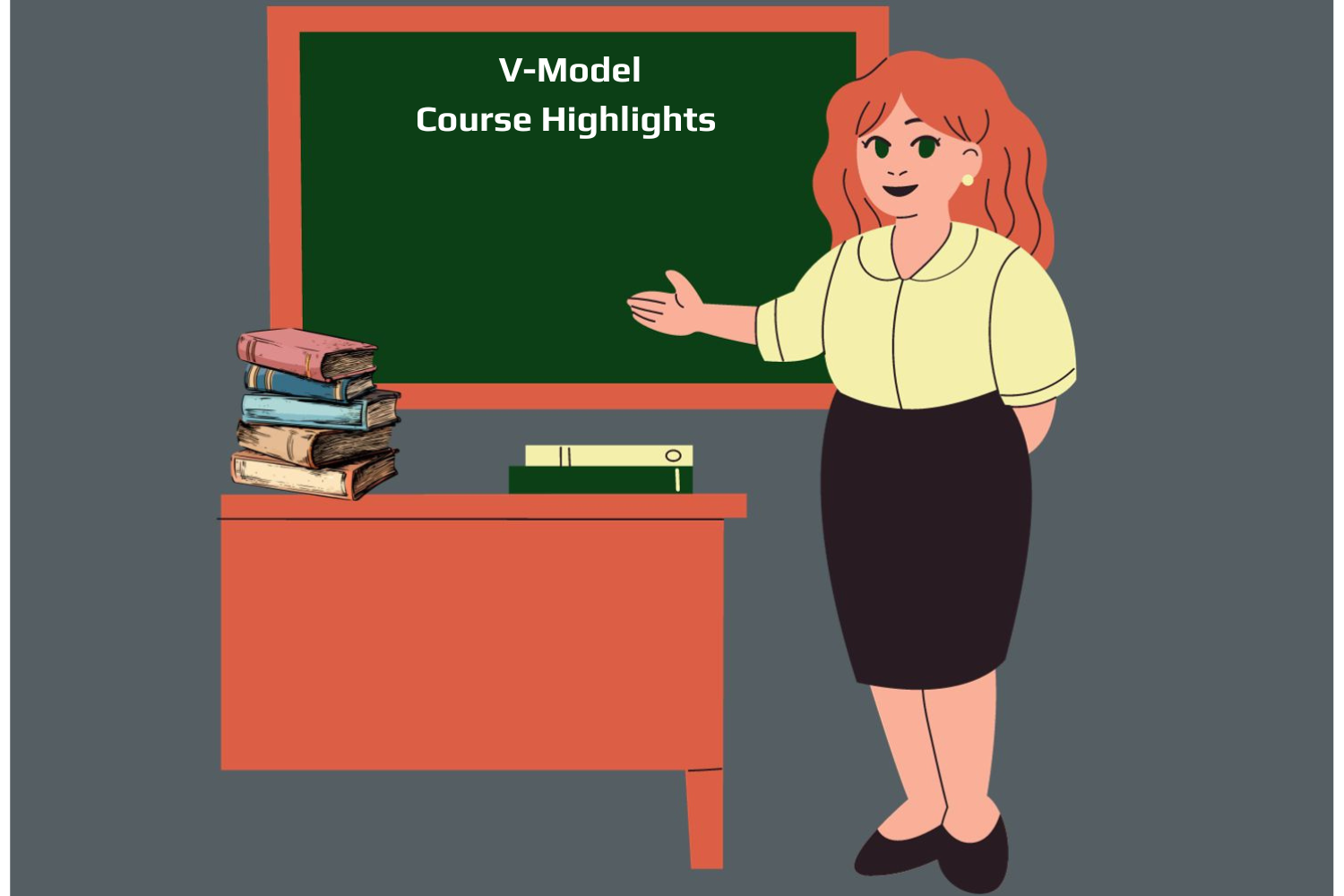
V-MODEL
PROCESS ENGINEERING V-MODEL
The V-Model of Process Engineering is a structured framework used in process engineering and systems development. The V-Model is basically software development life cycle (SDLC) model that provides a systematic and visual representation of the software development process.

It divides the development process into two branches: vertical development (design and implementation) on the left and horizontal validation and verification (testing and validation) on the right, with the aim of ensuring that a complex system is both correctly built and meets its intended requirements. The two arms of the “V” meet at integration and testing stages. So it is also named as verification and validation model. This model helps manage and control complex system development effectively.
FUNDAMENTAL OF PROCESS ENGINEERING IN V-MODEL
Fundamentals of Process Engineering in Model V:
Conceptual Design: Begin by defining high-level objectives and requirements for the system or process.
System Design: Refine the conceptual design into detailed specifications.
Component Design: Break down the system into individual components and subsystems.
Implementation: Construct the system according to the design specifications.
Verification: Confirm that the design and implementation meet specified requirements and are correctly executed.
Validation: Ensure the system meets customer needs and intended operational requirements.
Integration and Testing: Bring all components together and rigorously test the complete system.
Iterative Process: Continuous evaluation and adjustments are made at each stage to improve system quality and performance.
TYPES OF PROCESS ENGINEERING IN MODEL V
There are two main types of process engineering in the V-Model framework:
Vertical Process Engineering: Focuses on the design and implementation of the system, moving from high-level concepts to detailed specifications and actual construction.
Horizontal Process Engineering: Concentrates on validation and verification, ensuring that the system is both correctly built (verification) and meets the intended requirements and customer needs (validation).
These two types work in tandem to manage the entire development process effectively, with integration and testing at the base where they meet.
ROLE OF PROCESS ENGINEERING IN V-MODEL
The role of process engineering in Model V is to design and develop complex systems by systematically progressing through the stages of conceptual design, detailed system design, component design, and implementation (left arm), while also rigorously verifying and validating the system to ensure it meets requirements and customer needs (right arm). This systematic approach helps ensure the quality and performance of the final product.

IMPORTANCE OF PROCESS ENGINEERING IN V-MODEL
Process engineering in Model V is important because it provides a structured approach to system development, ensuring early issue detection, quality assurance, efficiency, risk management, customer satisfaction, regulatory compliance, and continuous improvement. It helps create reliable, high-quality systems efficiently.
BENEFITS OF PROCESS ENGINEERING IN V-MODEL
The benefits of process engineering in V-Model can be summarized as follows:
Efficiency: It streamlines system development, saving time and resources.
Quality Assurance: Ensures that the system meets requirements and customer needs.
Risk Reduction: Helps detect and mitigate issues early in the development process.
Customer Satisfaction: Ensures the final product aligns with customer expectations.
Regulatory Compliance: Assists in meeting industry standards and regulations.
Continuous Improvement: Supports ongoing enhancements in system design and performance.
JOB ROLES OF PROCESS ENGINEERING IN V-MODEL
Job roles in process engineering within the V-Model framework include:
Process Engineer
2 System Designer
3. Component Engineer
4. Quality Assurance Specialist
5. Testing and Validation Engineer
6. Project Manager
7. Continuous Improvement Analyst
SALARY
The salary is between 13LPA TO 35LPA.
COURSE HIGHLIGHTS
1. Suited for students, fresher’s, professionals, and corporate employees
2. Live online classes
3. 4-Month program
4. Certificate of completion
5. Decision Oriented Program of Analysis
6. Live Classes by highly experienced faculties
7. Hands-on experience with real-life case studies

CONCLUSION
In conclusion, process engineering within V-Model provides a structured approach to system development, ensuring efficiency, quality, risk reduction, customer satisfaction, regulatory compliance, and continuous improvement. It plays a vital role in successfully designing and delivering complex systems.

